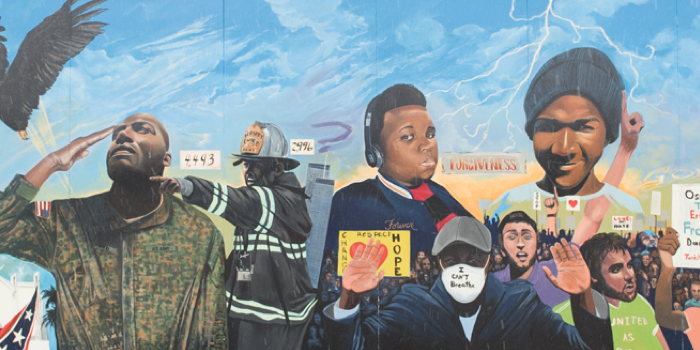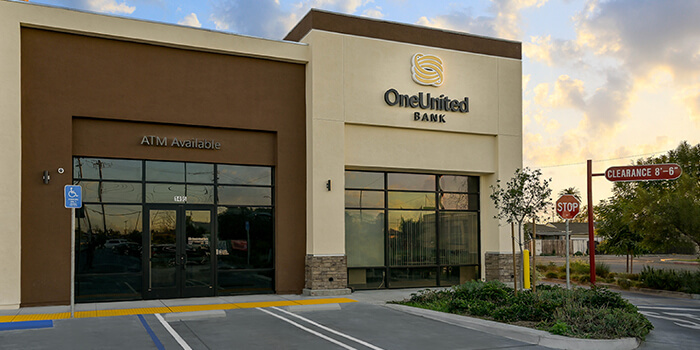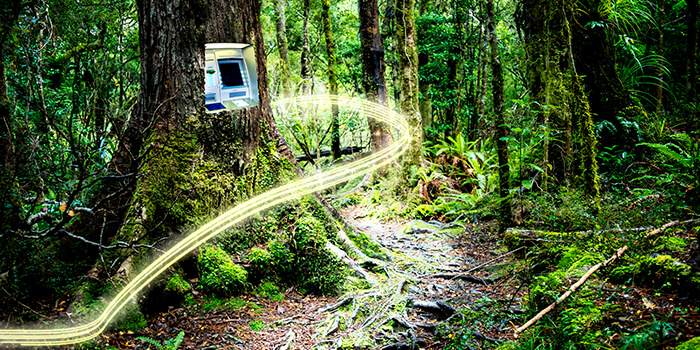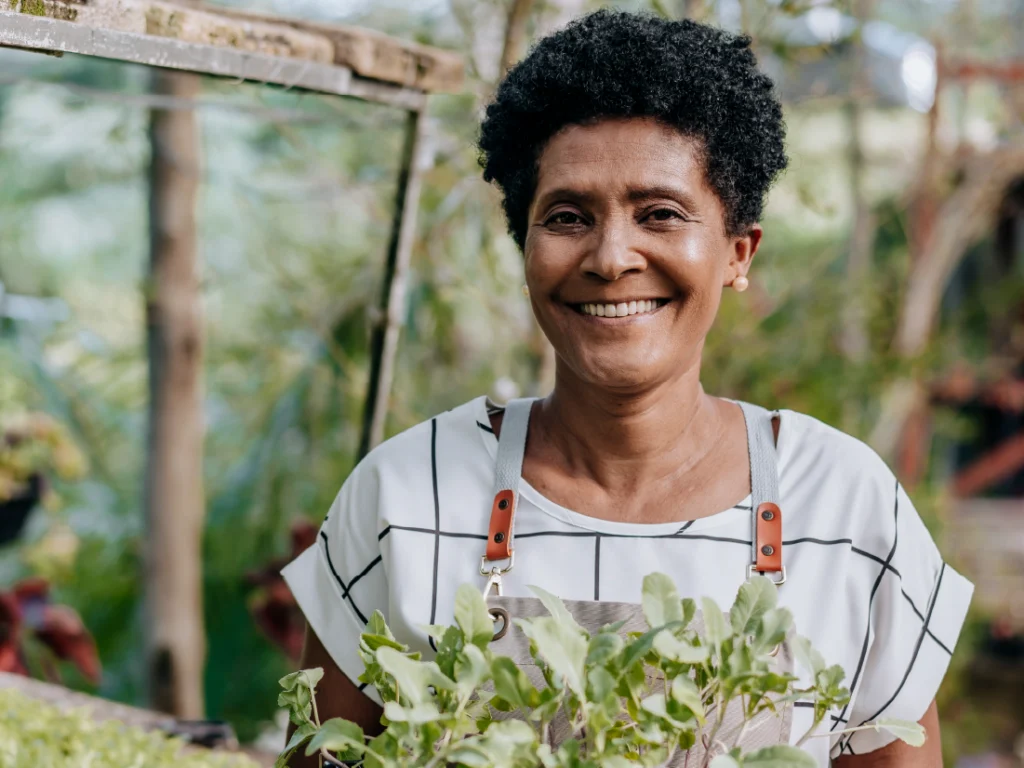Summary
The history of Indigenous and Black land rights in the United States is fraught with injustice. Together, we are fighting back by reclaiming land, building generational wealth, and developing a community led financial infrastructure).
What is the cost of land? For Indigenous communities, it was sovereignty. For Black Americans, it was centuries of forced labor. Both built the foundation of this nation, yet both were denied ownership and wealth.
Since settler colonialism, 99% of Native tribes have lost their ancestral land, and promises of '40 acres and a mule' never materialized for the descendants of Black slaves. Both are stories of stolen land and broken promises, with deep financial consequences.
Today, we stand together rooted in our shared history, ready to reclaim not just land but our financial future and generational wealth. We are guided by the resilience of our ancestors and the solidarity that binds our struggles.

The Financial Toll of Land Loss
From the Dawes Act (1887) to discriminatory redlining practices, Indigenous and Black communities have experienced several forms of land theft and economic exclusion.
The Dawes Act of 1887 led to the breakup of tribal lands into individual allotments. By 1934, Native land holdings had shrunk from 138 million acres to just 47 million, as much of it was sold to non-Native settlers. Today, rather than these tribes owning the land titles, the US government oversees the 56 million acres these tribes are owed.
The 1.9 billion acres of land that comprise the United States were valued at $23 trillion in 2009 with 24% of the land area and $1.8 trillion of the value held by the federal government per the Bureau of Economic Analysis.
The end of slavery saw brief economic independence crushed by violent territory seizures and discriminatory policies that stripped Black Americans of farmland. Glimmers of Black wealth, like Black Wall Street where Freedmen were able to realize their 40 acres, were snuffed out of existence.
If promised reparations were made to Black Americans, 40 Acres and a mule would cost America at least $6.4 trillion by 2015 estimations. For perspective, in 2023 the federal government spent $6.13 trillion.
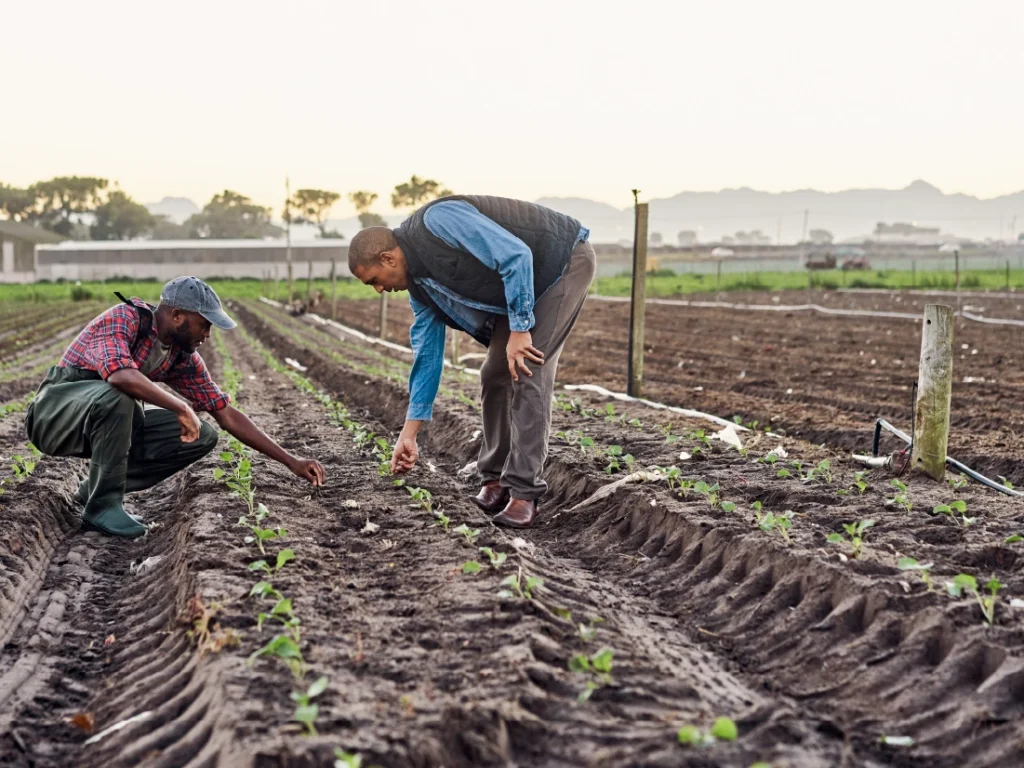
In Solidarity, We Push Forward
With similar land dispossession, economic marginalization, and systemic exclusion, we are each other’s mirror for history. Recognizing this interwoven history allows us to work in solidarity towards a common goal: reclaiming our land rights and rebuilding community wealth.
Movements like #LandBack and Black-led farming initiatives are restoring land rights and providing new opportunities for financial independence.
The Land Buy-Back Program for Tribal Nations, a 10-year initiative, has successfully returned nearly 3 million acres to Tribal ownership across 15 states, demonstrating the positive progress of the Land Back movement.
Efforts like Black Ag Ecosystem (BAE) have already hosted a Back to the Root Conference in their first five years and facilitated the acquisition of 73 acres of farmland for Black farmers.
The First Nations Oweesta Corporation supports Native financial institutions that offer low-interest loans to tribal members for land acquisition, farming, and business development. Since Oweesta first began lending, they have paid out 28,264 loans totaling $893,984,701, showing significant investment in Native sovereignty.
The Black Farmer Fund (BFF) grants Black farmers access to capital in its innovative, community-led investment fund. With $12 million raised and 12 businesses under its support through low-interest loans, BFF is challenging the history of predatory American lending practices and getting Black farmers back onto their lands.
——
As we look to the future, reclaiming land rights is key to ensuring the financial prosperity of our communities. The work of these organizations shows how we can create new models that prioritize equity, collective ownership, and cultural values. This resurgence in land reclamation and community-based financing, opens the door for wealth generation and assures a future where economic power returns to those who have been historically marginalized.





